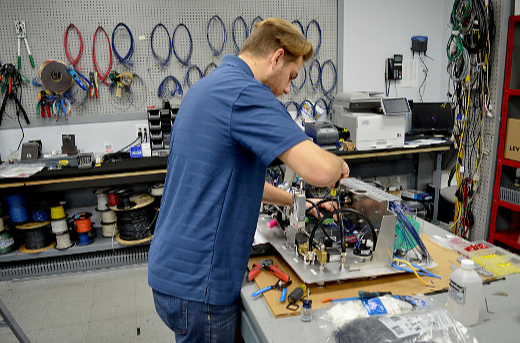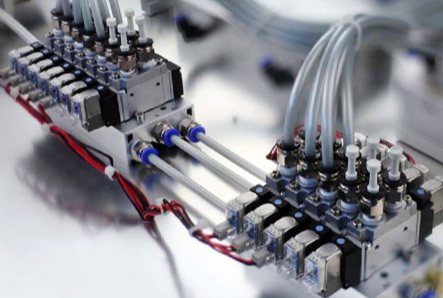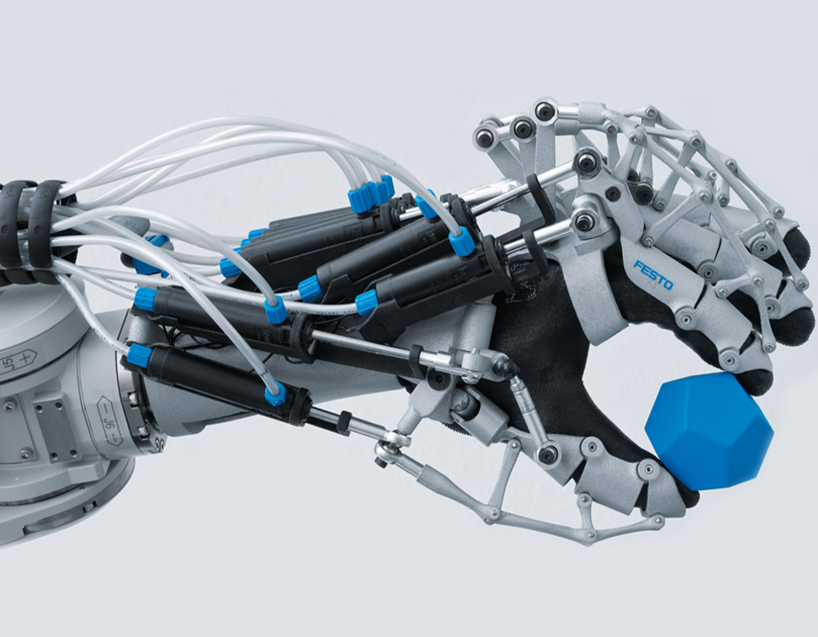
Pneumatic System – Everyday Maintenance
In pneumatic systems, regular maintenance of all the components is of utmost importance so as to ensure that the system works at its complete potential. If not properly taken care of, frequent damages and breakdowns are bound to happen, and this will in turn reduce the life of the equipment and will incur additional costs.
Regular maintenance will allows you to find the damaged or malfunctioning parts of the system and will also allow you to take timely measure for the same.
Thus, companies should ensure that they have a special team to manage the maintenance of the pneumatic systems and take steps to further enhance their knowledge about the latest in pneumatic systems to ensure adequate maintenance with the best and latest of knowledge.
Let us have look at some of the aspects of regular maintenance of pneumatic systems.
Design of the Pneumatic System
To ensure that the maintenance efforts are delivering the required results, it is very important that your pneumatic system is designed with adequate knowledge by experienced professional designers.

The main problem with any pneumatic system is its pipeline and air layout. Thus the designer should give adequate important to the laying of the pipeline network and air flow to ensure that the risk of malfunctioning is minimal.
Another important thing while designing the pneumatic system is, that the system should be designed as simple as possible. The easier they are to handle the lesser the number of malfunctions.
During maintenance too, proper inspection of the pipeline, airways and filters should be done to reduce the risk of breakdown. If the pipes, valves,cylinders, etc. are found to be defective, proper steps must be taken to repair or replace the parts. The maintenance schedule should be as such that it should give due importance to the areas that frequently malfunctions.
Other problems like the resistance of flow or pressure drop is not witnessed that frequently, but they too should be checked regularly to further reduce the chances of breakdowns.
Importance of Daily Maintenance
Yes, as compared to other mechanical systems, pneumatic systems is far better as far as the problems are concerned, but that doesn’t mean that they do not require maintenance. Problems that do come up every now and then are not that difficult to resolve as other systems, but only when proper maintenance and care is taken.
Pneumatic systems result in less troubles only when the maintenance is carried out on a daily basis. Thus, daily maintenance is of utmost importance to ensure that the system runs in its best possible state.
There are a number of guidelines that can make the daily maintenance of pneumatic systems easier, let us check some of the guidelines:
1.Always ensure that you have an accurate circuit as well as the functional diagram of the pneumatic system. If any changes are made after installation, ensure that they are made in the directions as well.
2.Do take care that the impulse valves of the system is protected from excess of dirt, mechanical shocks and cooling water.
3.Imprints of the elements and the units should be accurate and easily visible.
4.The valve openings that are given by the manufacturers should only be used.
5.Do not drill the elements of the system for a new opening.
6.If you need an additional opening, discuss it with the manufacturer and they might design a custom system for you.
7.The service unit of the system should be clearly visible and easy to service. If possible, also ensure that it is placed higher that the other elements.
8.Do not increase the throttle that what is needed and specified by the manufacturer.
9.If you are dismantling the cylinders or valves, do take care of its sealing materials. Even while assembling them again, ensure that they are properly placed.
10.Actuated valves, though appear easy to work with, but are known to cause serious problems. Thus, it is good to ensure that they are controlled in the proper direction and at the required speeds only.
Leakage
Leakage is another important and most common aspect of any pneumatic system. If left undetected for a long period, problems like enhanced load on the system, wastage of compressed air, increased maintenance and operating costs without fruitful results, and even the risk of loss in quality of production can be experienced.

Though, it is a common problem and can be very devastating if left for a long period, air leakage is actually very easy to detect and stop.
It’s easy due to the nature of air. It escapes by making noise, which makes it very easy to notice in any system. If the leakage is very small and is not making any sound of escaping air, try to apply soap water solution to the area.
If there is no leakage the soap water will remain as it is, but if there is an air leakage, it’ll start producing air bubbles.
Once detected, you can simply tighten up the glands, fittings or the joints. If the leakage is major, you can think about completely replacing the damaged part with a new one. There are also many bonding products available in the markets that are especially designed for commercial use, you can even use them to eliminate the leakage.
Filter Regulator Lubricator (FRL)
If the maintenance is well-planned and done by an expert on a daily basis, pneumatic systems are known to last for a very long time.

The major reasons like dirt, low lubrication oil, damage in the glands or valves etc. can be taken care of by ensuring the FRL of the system is in good condition.
FRL is a component that is designed to prevent dirt from getting into the system and to also ensure that adequate amount of lubrication is available in the system at all times, so as the reduce the damage due to friction.
Thus, if the FRL is in good condition, whole pneumatic system can function flawlessly.
Conclusion
Even though the pneumatic systems are less prone to problems, they do need maintenance on a daily basis. If there is a major breakdown, the person responsible for maintenance should locate the fault and try to understand the nature of the problem.
If it can be repaired, it should be done by following all the guidelines, or if it is something major the part should be replaced with a new one.
